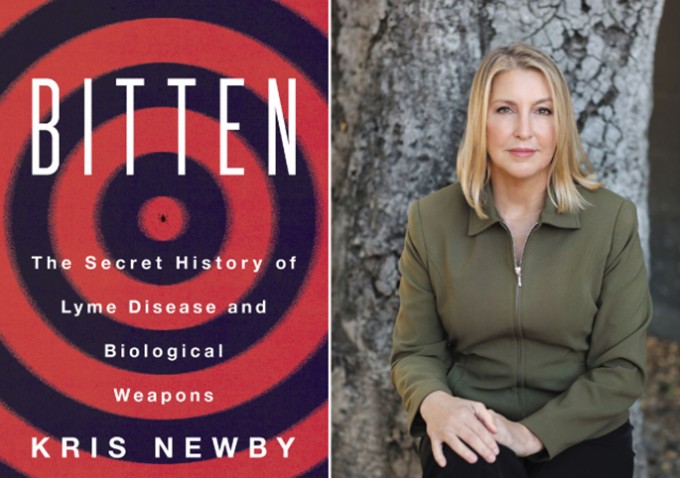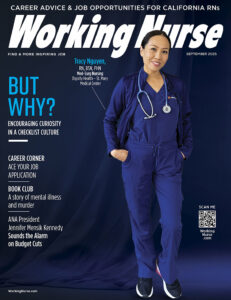Nursing Book Club
Bitten: The Secret History of Lyme Disease and Biological Weapons by Kris Newby
A provocative take on an insect-borne infection

Author Kris Newby is described on the book jacket of Bitten as “an award-winning science writer at Stanford University” and before that “a technology writer for Apple.” The book is in part a history of her own struggle with Lyme disease after a tick bite near Martha’s Vineyard Island, Mass., in 2002.
However, in publishing Bitten, she’s also making a far more provocative claim: that the increase in tick-borne disease is not merely an accident of nature.
As a public health nurse who has spent a good deal of time comparing Lyme disease diagnoses to the standards of the Infectious Disease Society of America (IDSA), I take a keen interest in this subject. The disease is common in my area and is obviously a matter of public health concern.
Tick-Borne Diseases
Bitten follows the increase in the tick-borne illness that seemed to begin in Lyme, Conn., in 1968. Although it’s the best-known, Lyme disease is only one of many tick-borne pathogens now found throughout the United States, which also include anaplasmosis, Borrelia mayonii, Powassan virus, Rocky Mountain spotted fever, tick-borne relapsing fever and 364D rickettsiosis (to name just a few).







